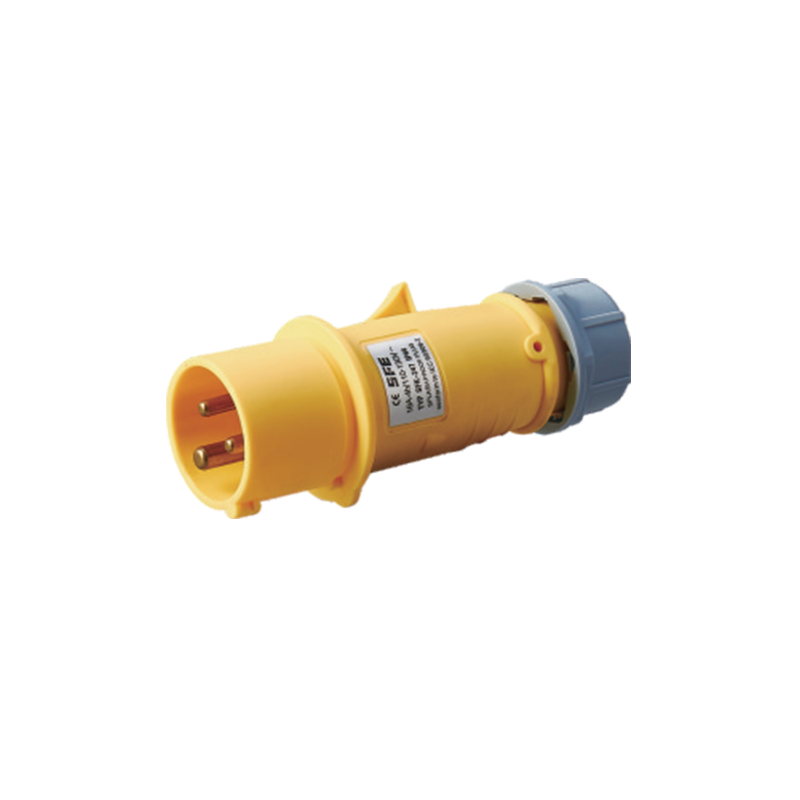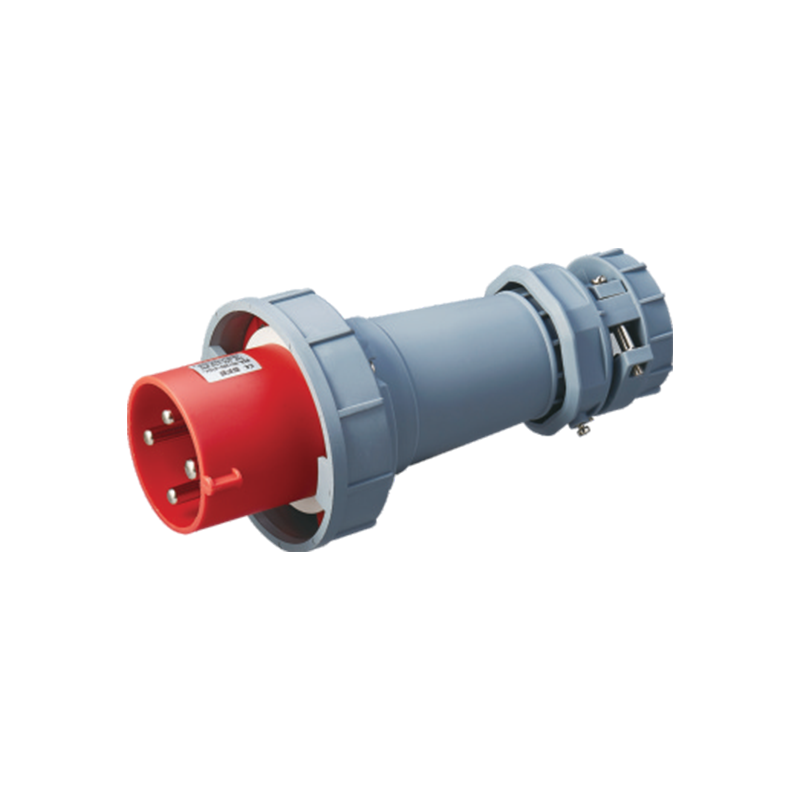Address: No. 199, Weiwu Road, Yueqing Economic Development Zone, Zhejiang Province, China.
As parents and caregivers, ensuring the safety of children in our homes is a paramount concern. One of the more significant risks in a household is electrical outlets, which can pose a serious hazard if not properly secured. This article explores the importance of choosing the right outlet covers and highlights key features to consider, such as waterproof plug connectors and their compatibility with various plugs electronics.
Understanding the Risks
Electrical outlets are easily accessible to young children who are naturally curious and prone to exploring their surroundings. Uncovered outlets can advance to dangerous situations, such as electric shocks or electrical fires. According to safety experts, millions of children are treated each year for injuries related to electrical outlets. This alarming statistic underscores the necessity of taking preventive measures to protect children.
Types of Outlet Covers
There are various types of outlet covers available on the market, each designed to meet specific safety needs. Some of the more common types include:
1. Sliding Outlet Covers: These covers are installed over the outlet and can be easily slid open when an adult needs to access the outlet. They remain securely closed when not in use, making it difficult for children to open.
2. Pop-Up Outlet Covers: These innovative covers pop up when needed and retract when not in use. They are particularly useful in modern homes where aesthetics and functionality are essential.
3. Plug Covers: These are plastic caps that fit directly into the outlet when it is not in use. They prevent any objects from being inserted into the outlet, providing a straightforward safety solution.
4. Tamper-Resistant Outlets: These outlets come with built-in safety features that prevent foreign objects from being inserted. While not a cover per se, they are a great option for new constructions or renovations.
Key Features to Consider
When selecting outlet covers, several key features should be taken into account to ensure up to safety.
1. Ease of Use for Adults: While it's important that the covers are childproof, they should also be easy for adults to use. Look for designs that allow quick access without needing special tools or excessive force.
2. Durability: Outlet covers should be made from high-quality materials that can withstand wear and tear. Cheap plastic may break or become ineffective over time, posing additional risks.
3. Waterproof Plug Connectors: For homes where outlets are near water sources, such as kitchens or bathrooms, it is crucial to consider waterproof plug connectors. These connectors protect against moisture that can advance to short circuits or electrical fires. Ensure that any outlet cover you choose accommodates waterproof connectors, maintaining safety while allowing for necessary electrical connections.
4. Compatibility with Plugs Electronics: Different devices require various types of plugs. It's essential to choose outlet covers that are compatible with the specific plugs electronics in your home. For example, some outlet covers may not fit well with larger plugs or power adapters. Ensure that the covers you choose can accommodate the plugs you commonly use without creating additional risks.
Installation and Maintenance
Proper installation of outlet covers is vital for ensuring their effectiveness. Many covers come with clear instructions, but if you're uncertain, consider seeking help from a professional. Additionally, regularly check the covers to ensure they remain securely in place. If any cover becomes loose or damaged, replace it immediately to maintain a safe environment.
Additional Safety Tips
In addition to using outlet covers, there are other strategies to enhance child safety around electrical outlets:
- Teach Children About Electricity: As children grow older, educating them about the dangers of electricity can help instill a sense of caution. Teach them not to touch outlets or plugs without adult supervision.
- Use Furniture to Block Access: Strategically placing furniture in front of outlets can deter curious children from reaching them.
- Regular Safety Audits: Conduct regular checks of your home to ensure that all safety measures, including outlet covers, are functioning correctly and that there are no new hazards.
Selecting the right outlet covers is an essential step in safeguarding children from electrical hazards. By understanding the types of covers available and considering important features like waterproof plug connectors and compatibility with plugs electronics, parents can create a safer home environment. Remember that no safety measure is foolproof, so a combination of prevention strategies will yield the ideal results in protecting your children from electrical risks. Prioritizing safety today can advance to a more secure tomorrow for our little ones.







